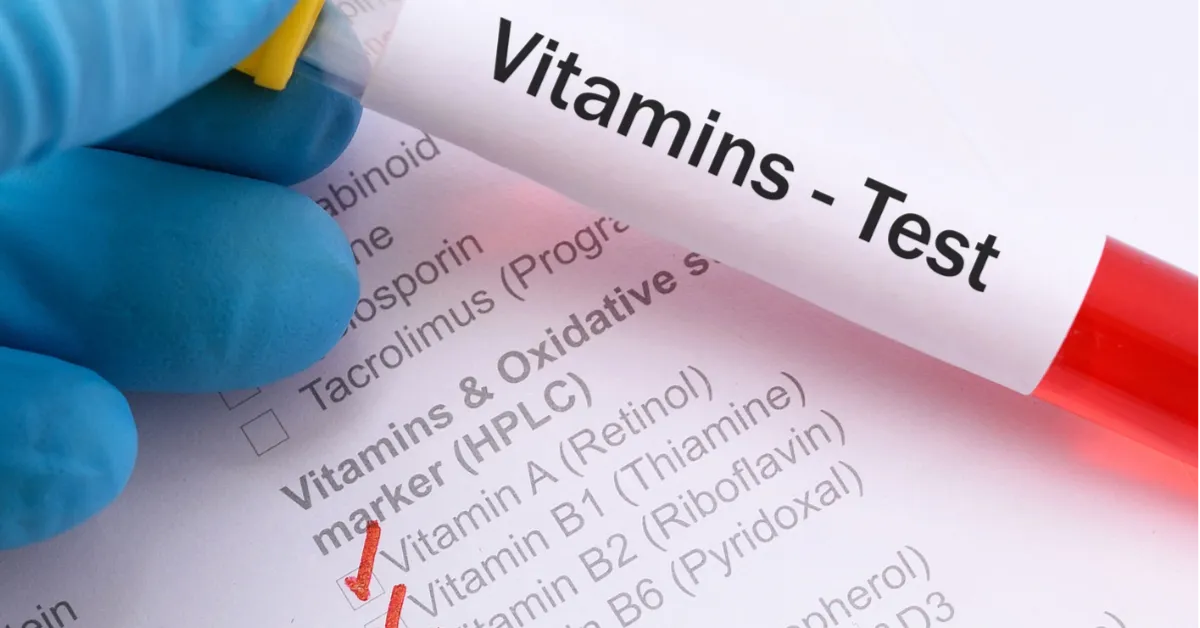EN 15742 Vitamin B2 Quantification in Beverages
The European standard EN 15742 specifies a method for determining the content of riboflavin (vitamin B2) in beverages. This service is critical for ensuring compliance with regulatory requirements and meeting consumer expectations regarding product quality and safety.
Regulated by authorities such as the European Food Safety Authority (EFSA), this standard ensures that food and beverage products meet stringent quality standards, particularly relevant for those containing added vitamins or fortifiers. Compliance with EN 15742 is essential not only for market access but also to maintain brand reputation and consumer trust.
The process involves several key steps: sample preparation, which includes dilution if necessary; extraction of the vitamin B2 from the beverage matrix using appropriate solvents; and subsequent measurement through spectrophotometric analysis. The standard provides detailed protocols for these procedures, ensuring consistency across laboratories.
Quality managers and compliance officers often rely on this service to ensure their products meet regulatory requirements and industry standards. For R&D engineers, it offers a reliable method to optimize formulations while maintaining accurate quantification of added nutrients. In procurement, this service can help identify potential suppliers who adhere to stringent quality control practices.
The importance of EN 15742 cannot be overstated in the context of public health and safety. Incorrect levels of vitamin B2 could lead to deficiencies or overconsumption, which have significant health implications. This standard helps mitigate such risks by providing a robust framework for accurate quantification.
The methodology outlined in EN 15742 is widely recognized and trusted within the industry. It ensures that results are reproducible across different laboratories, enhancing confidence in the data generated. For beverage manufacturers, this service not only aids in compliance but also supports ongoing research into optimizing vitamin profiles to meet changing consumer demands.
Given the complexity of beverage formulations, accurate quantification is crucial. This standard addresses challenges such as potential interference from other components in the beverage matrix and provides solutions for overcoming these obstacles.
In summary, EN 15742 offers a comprehensive approach to vitamin B2 quantification, ensuring that beverages meet regulatory standards and maintain high quality. This service is indispensable for any company aiming to ensure product safety, compliance, and consumer satisfaction.
Applied Standards
The EN 15742 standard is part of a broader framework aimed at ensuring the accuracy and consistency of vitamin B2 quantification in beverages. It aligns with international standards such as ISO, ASTM, and IEC, which collectively provide guidance on best practices for analytical methods.
- EN 15742: This standard specifically addresses the determination of riboflavin (vitamin B2) in beverages. It outlines detailed procedures for sample preparation, extraction techniques, and analytical methods using spectrophotometric analysis.
- ISO/IEC 17025: Laboratories performing this service must be accredited to this standard to ensure they meet the highest quality requirements.
Scope and Methodology
The scope of EN 15742 encompasses a wide range of beverages, including soft drinks, juices, sports drinks, and energy drinks. The methodology involves several critical steps to ensure accurate quantification:
- Sample Preparation: Samples are diluted if necessary to bring the vitamin B2 concentration within the linear range of the analytical method.
- Extraction: Extraction is performed using appropriate solvents, ensuring complete transfer of riboflavin into the solution phase.
- Spectrophotometric Analysis: The extracted vitamin B2 is analyzed using spectrophotometric methods. This involves measuring absorbance at specific wavelengths that are characteristic for riboflavin.
The standard provides detailed instructions on how to perform each step, ensuring consistency and accuracy across different laboratories.
Benefits
- Regulatory Compliance: Ensures that products meet regulatory requirements set by authorities like the European Food Safety Authority (EFSA).
- Consumer Trust: Maintains high standards of product quality, fostering trust among consumers.
- R&D Optimization: Provides reliable data for optimizing formulations and enhancing nutritional profiles.
- Supply Chain Assurance: Helps identify suppliers who adhere to stringent quality control practices.





